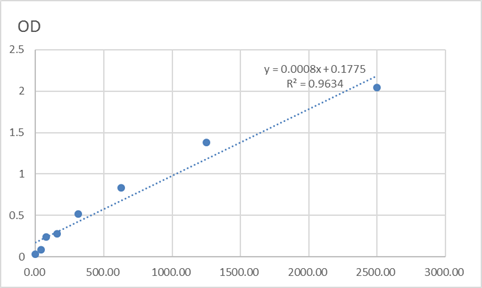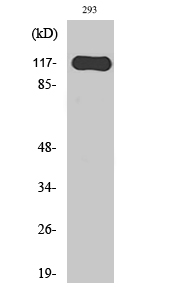Total Hairless Cell-Based Colorimetric ELISA Kit
- Catalog No.:KA3466C
- Applications:ELISA
- Reactivity:Human
- Gene Name:
- HR
- Human Gene Id:
- 55806
- Human Swiss Prot No:
- O43593
- Mouse Swiss Prot No:
- Q61645
- Storage Stability:
- 2-8°C/6 months
- Other Name:
- Protein hairless
- Detection Method:
- Colorimetric
- Background:
- alternative products:Additional isoforms seem to exist,disease:Defects in HR are the cause of alopecia universalis congenita (ALUNC) [MIM:203655]. ALUNC is a rare autosomal recessive form of hair loss characterized by hair follicles without hair.,disease:Defects in HR are the cause of atrichia with papular lesions (APL) [MIM:209500]; also known as congenital atrichia. APL is an autosomal recessive disease characterized by papillary lesions over most of the body and almost complete absence of hair.,function:May act as a transcription factor that could act on to regulate one of the phases of hair growth.,similarity:Contains 1 JmjC domain.,tissue specificity:Strongest expression of isoforms 1 and 2 is seen in the small intestine, weaker expression in brain and colon, and trace expression is found in liver, pancreas, spleen, thymus, stomach, salivary gland, appendix and trachea. Isoform 1 is always the most abundant. Isoform 1 is exclusively expressed at low levels in kidney and testis and isoform 2 exclusively at high levels in the skin.,
- Function:
- transcription, regulation of transcription, DNA-dependent, protein complex assembly, negative regulation of biosynthetic process, negative regulation of macromolecule biosynthetic process, negative regulation of macromolecule metabolic process, negative regulation of gene expression, negative regulation of transcription,negative regulation of cellular biosynthetic process, negative regulation of DNA binding, negative regulation of transcription factor activity, macromolecular complex subunit organization, negative regulation of molecular function,regulation of transcription, negative regulation of nucleobase, nucleoside, nucleotide and nucleic acid metabolic process, regulation of transcription factor activity, regulation of binding, negative regulation of binding, regulation of DNA binding, negative regulation of nitrogen compound metabolic process, regulation of RNA metabolic process,p
- Subcellular Location:
- Nucleus.
- Expression:
- Strongest expression of isoforms 1 and 2 is seen in the small intestine, weaker expression in brain and colon, and trace expression is found in liver, pancreas, spleen, thymus, stomach, salivary gland, appendix and trachea. Isoform 1 is always the most abundant. Isoform 1 is exclusively expressed at low levels in kidney and testis. Isoform 2 is exclusively expressed at high levels in the skin.
- June 19-2018
- WESTERN IMMUNOBLOTTING PROTOCOL
- June 19-2018
- IMMUNOHISTOCHEMISTRY-PARAFFIN PROTOCOL
- June 19-2018
- IMMUNOFLUORESCENCE PROTOCOL
- September 08-2020
- FLOW-CYTOMEYRT-PROTOCOL
- May 20-2022
- Cell-Based ELISA│解您多样本WB检测之困扰
- July 13-2018
- CELL-BASED-ELISA-PROTOCOL-FOR-ACETYL-PROTEIN
- July 13-2018
- CELL-BASED-ELISA-PROTOCOL-FOR-PHOSPHO-PROTEIN
- July 13-2018
- Antibody-FAQs



